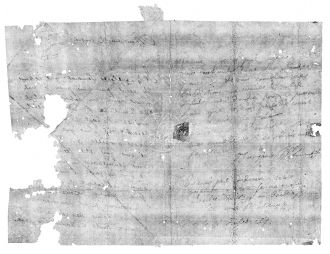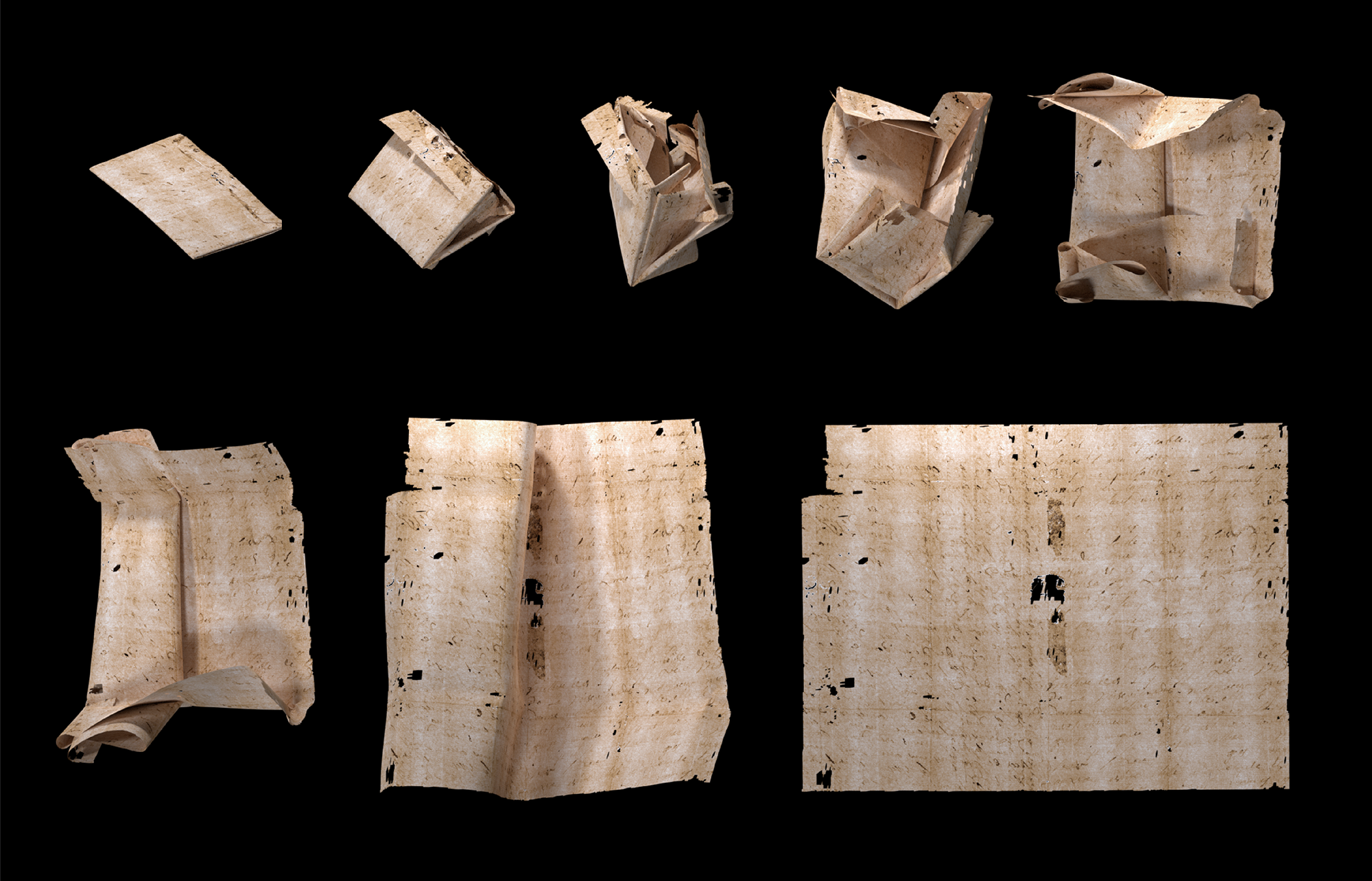Media release
From:
Imaging: Reading unopened Renaissance letters with virtual unfolding *IMAGES & VIDEO*
Sealed letters from Renaissance Europe have been read for the first time without opening them, by using a computational approach. The study, which could contribute to our understanding of historical communication security, is described in Nature Communications this week.
Folding letters in intricate ways, known as letterlocking, was a common practice for secure communication before modern envelopes came into use. Until now these letterpackets could only be studied and read by cutting them open, often damaging the historical documents.
By developing an automatic computational algorithm, Jana Dambrogio, Amanda Ghassaei and colleagues, were able to virtually unfold and read surviving letters from the Brienne Collection (a postmaster’s trunk containing undelivered letters sent from all over Europe to The Hague between 1680 and 1706), including one which has remained unopened for 300 years. They do this by first scanning the letterpackets with X-ray microtomography, producing a 3D reconstruction. The algorithm then identifies and separates different layers of the folded letter. The content of the letter becomes visible, since most inks produce a different contrast than the paper it is written on. The virtual unfolding algorithm allows the authors not only to read the unopened letters, but also to visualise the crease patterns and recreate the step-by-step locking process.
The authors suggest that the virtual unfolding method, and categorization of folding techniques, could help researchers to understand this historical version of physical cryptography, while at the same time conserving their cultural heritage.
Multimedia




 International
International



